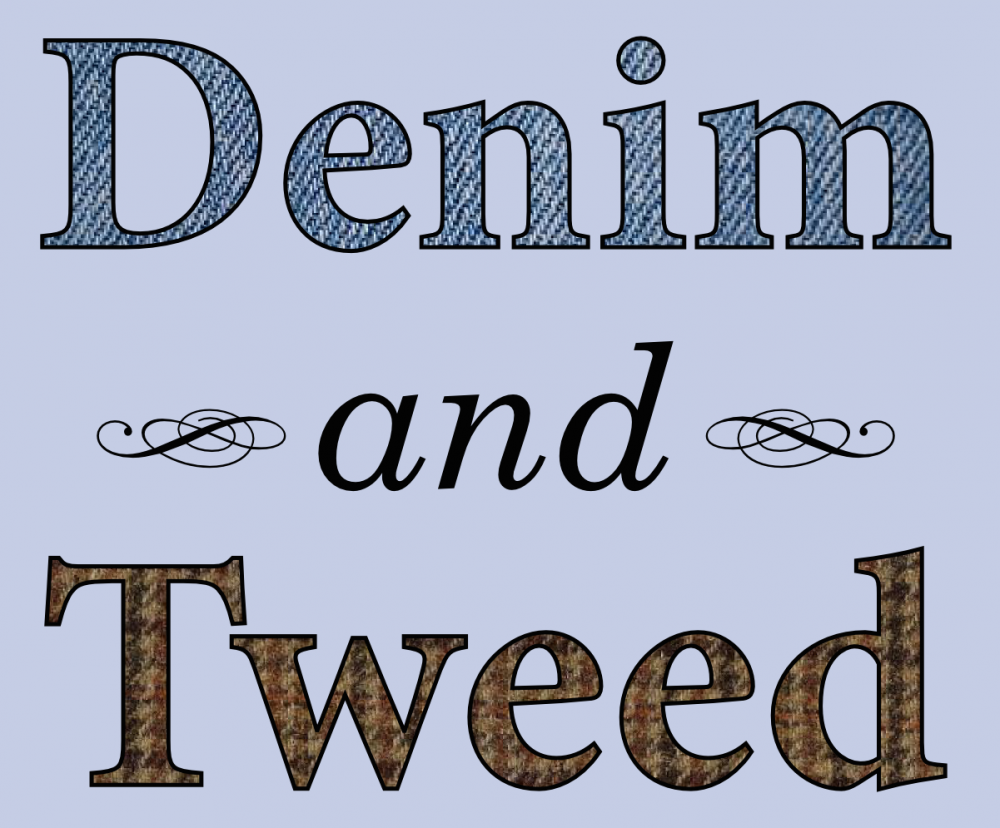So Science, that lovable institutional behemoth of scientific publishing, has just produced a list of “top 50 science stars of Twitter” that manages to contain, by my count—I’ve triple-checked—four women. Eight percent.
Looking at the list, it hit me:
Seriously, though, I was in a gay bar this weekend with a better gender ratio than @sciencemagazine’s Twitter list: http://news.sciencemag.org/scientific-community/2014/09/top-50-science-stars-twitter#full-list
—@JBYoder, 7:50 AM – 17 Sep 2014.
I hereby propose this as a new, painfully minimum standard for gender parity: If I passed more women on a trip between the dance floor and the bar at the Saloon last weekend than are present in your speaker roster, reviewer panel, or unasked-for list of notables, you’re doing it wrong. In the interest of establishing this as a rigorous benchmark, I plan to immediately embark on a systematic survey of gay bar gender ratios, starting Friday night; interested collaborators should contact me through the usual channels.
Meanwhile, see the totally meaningful list of awesome animals Tom Houslay offers in the spirit of Science, and the big special issue on diversity in science just released by that other beloved institutional behemoth of scientific publishing, Nature.








